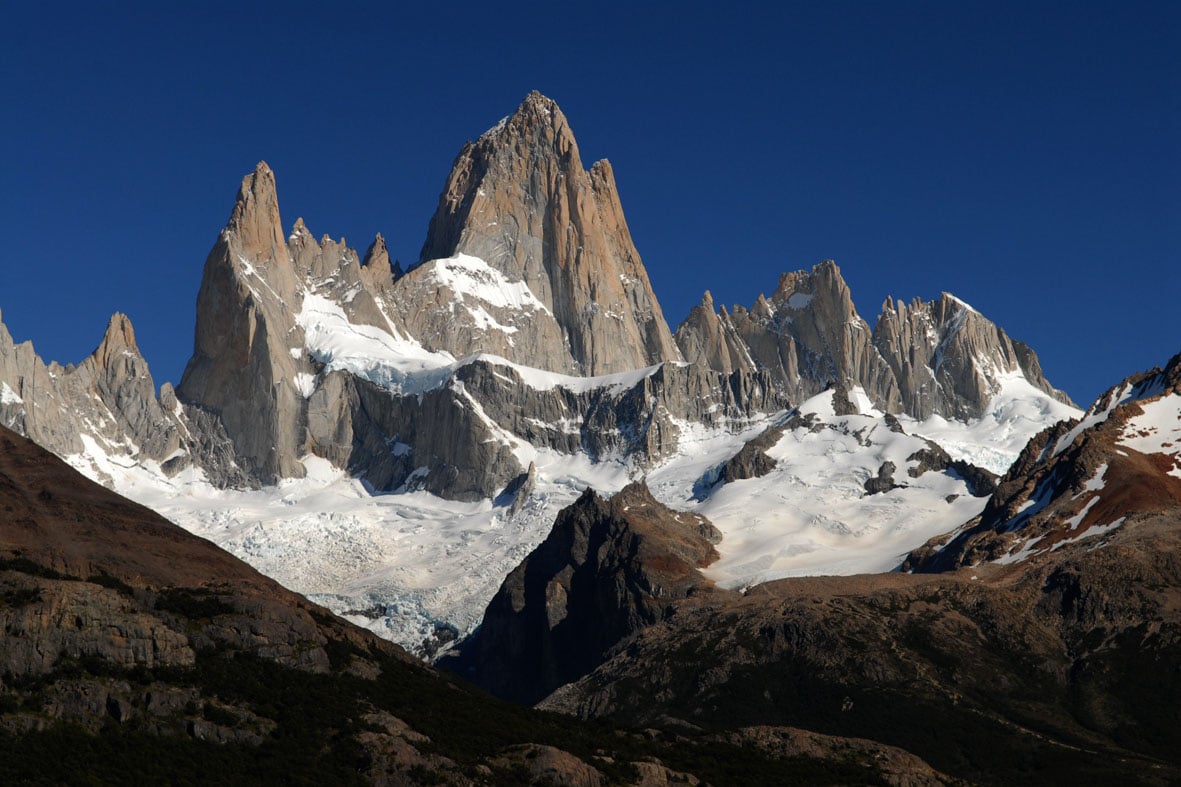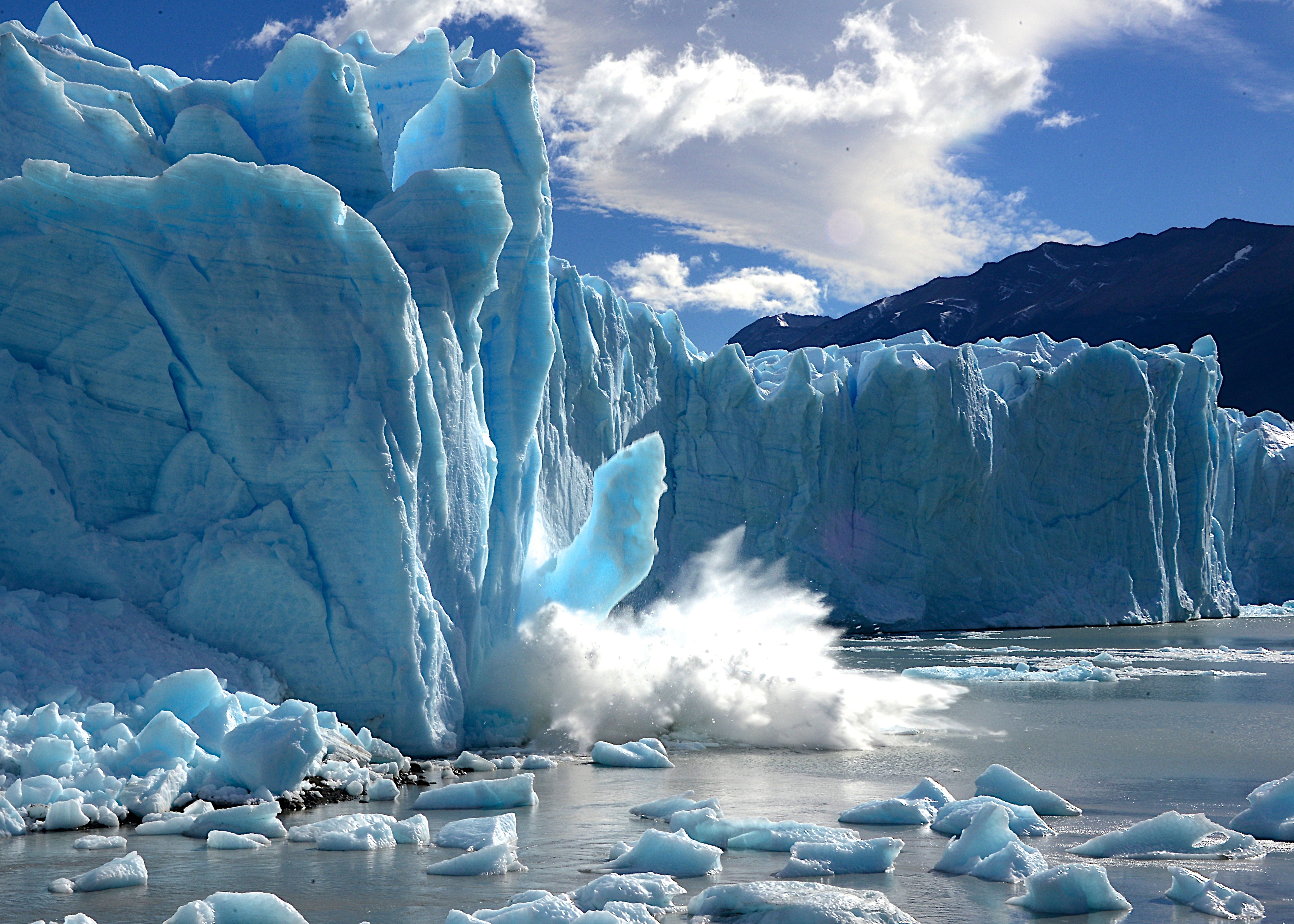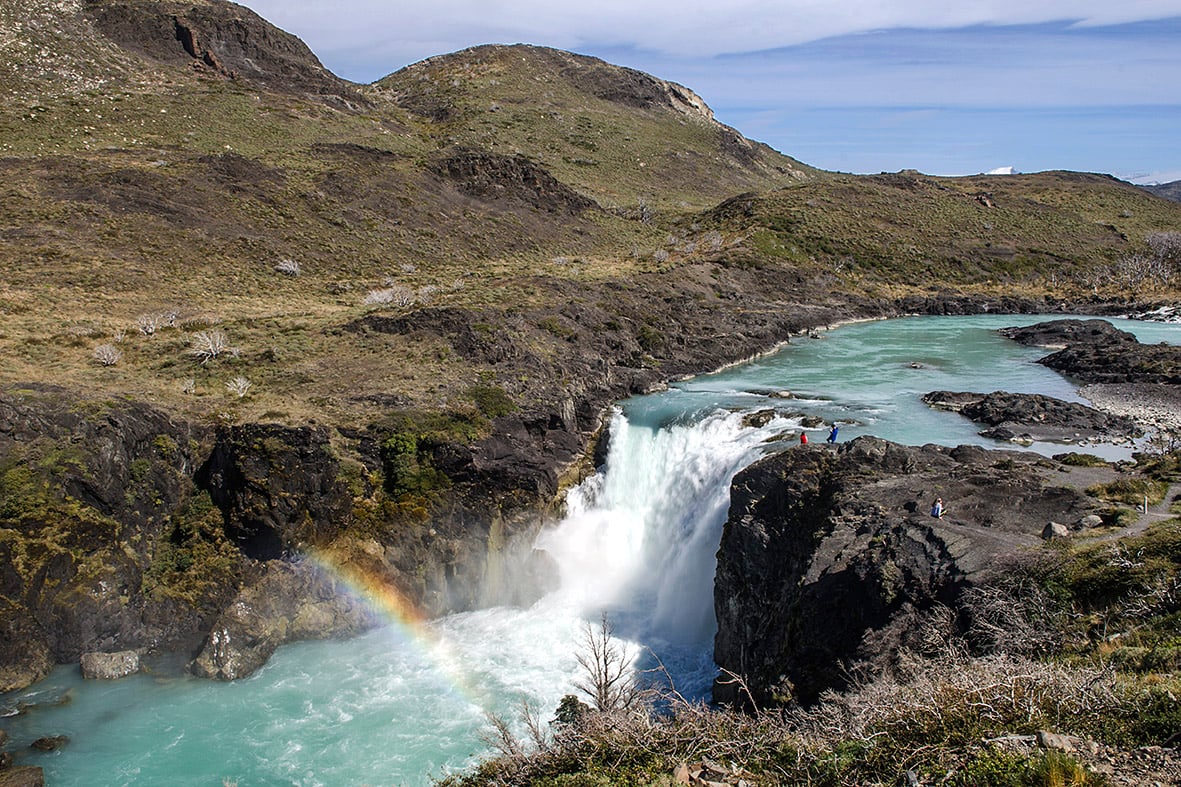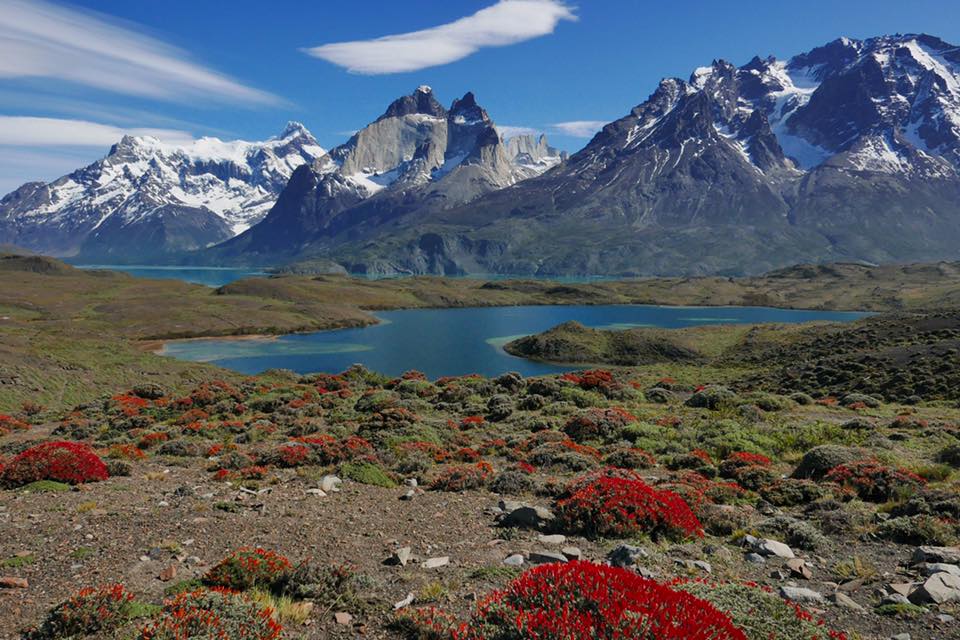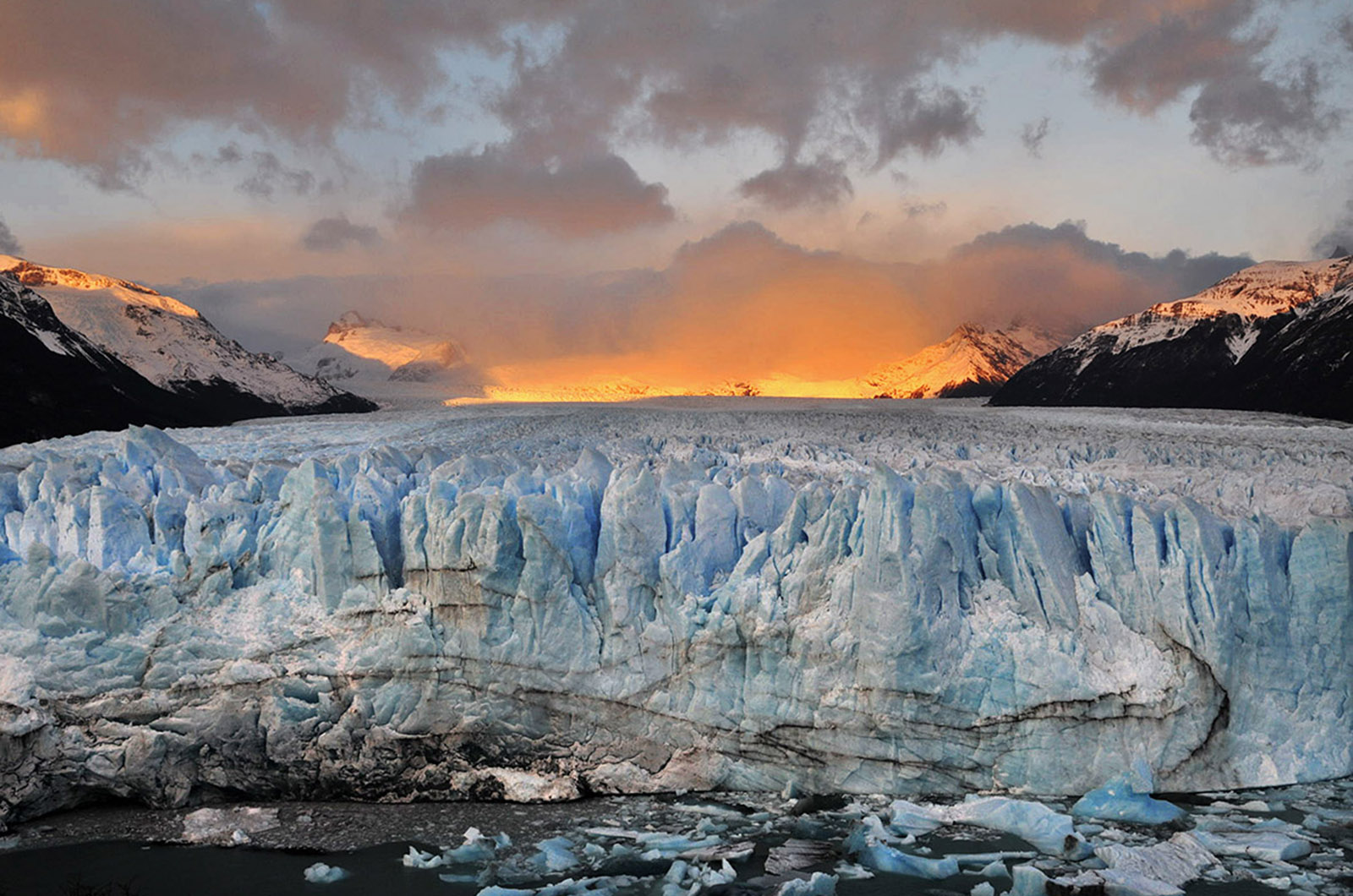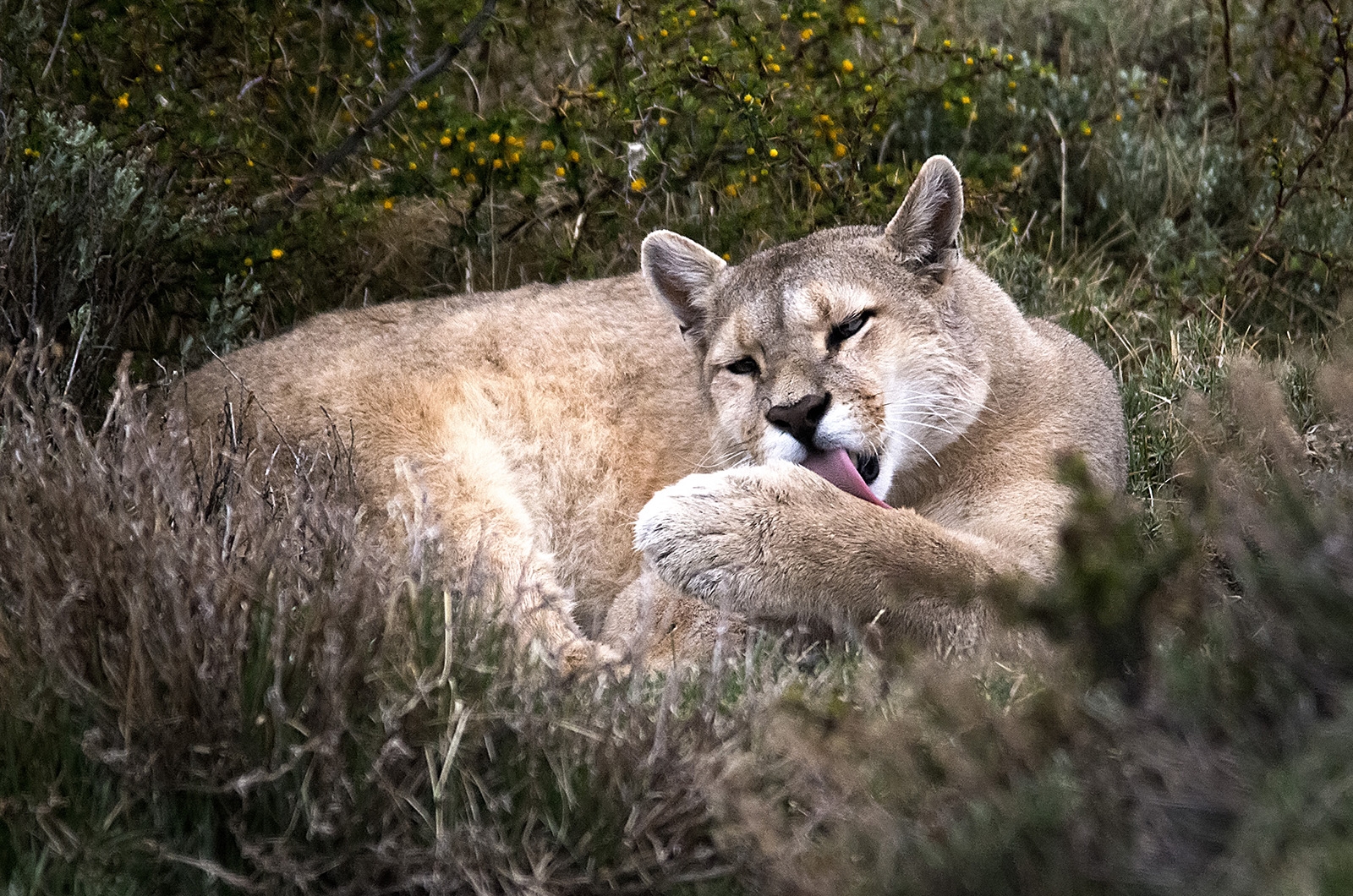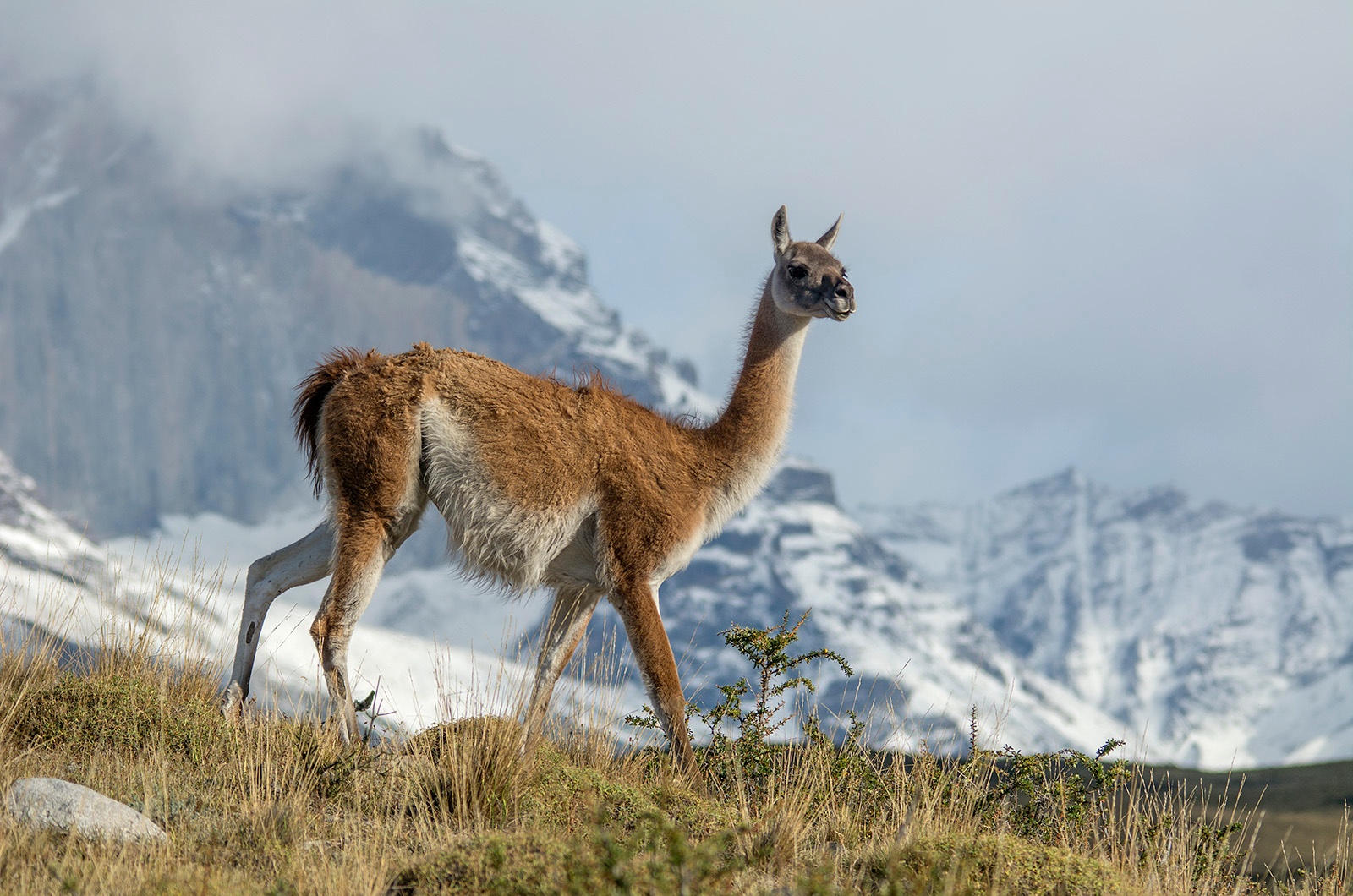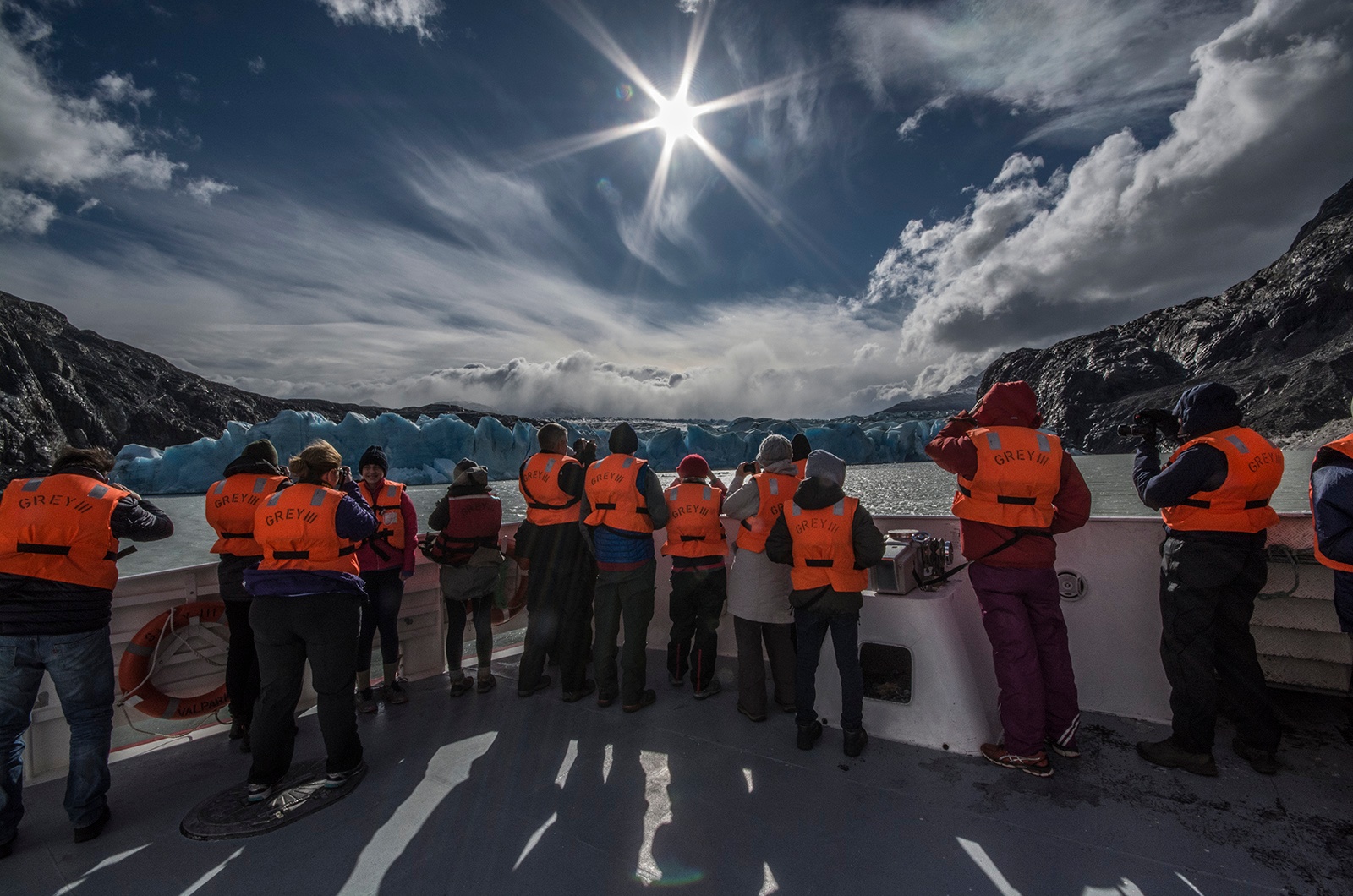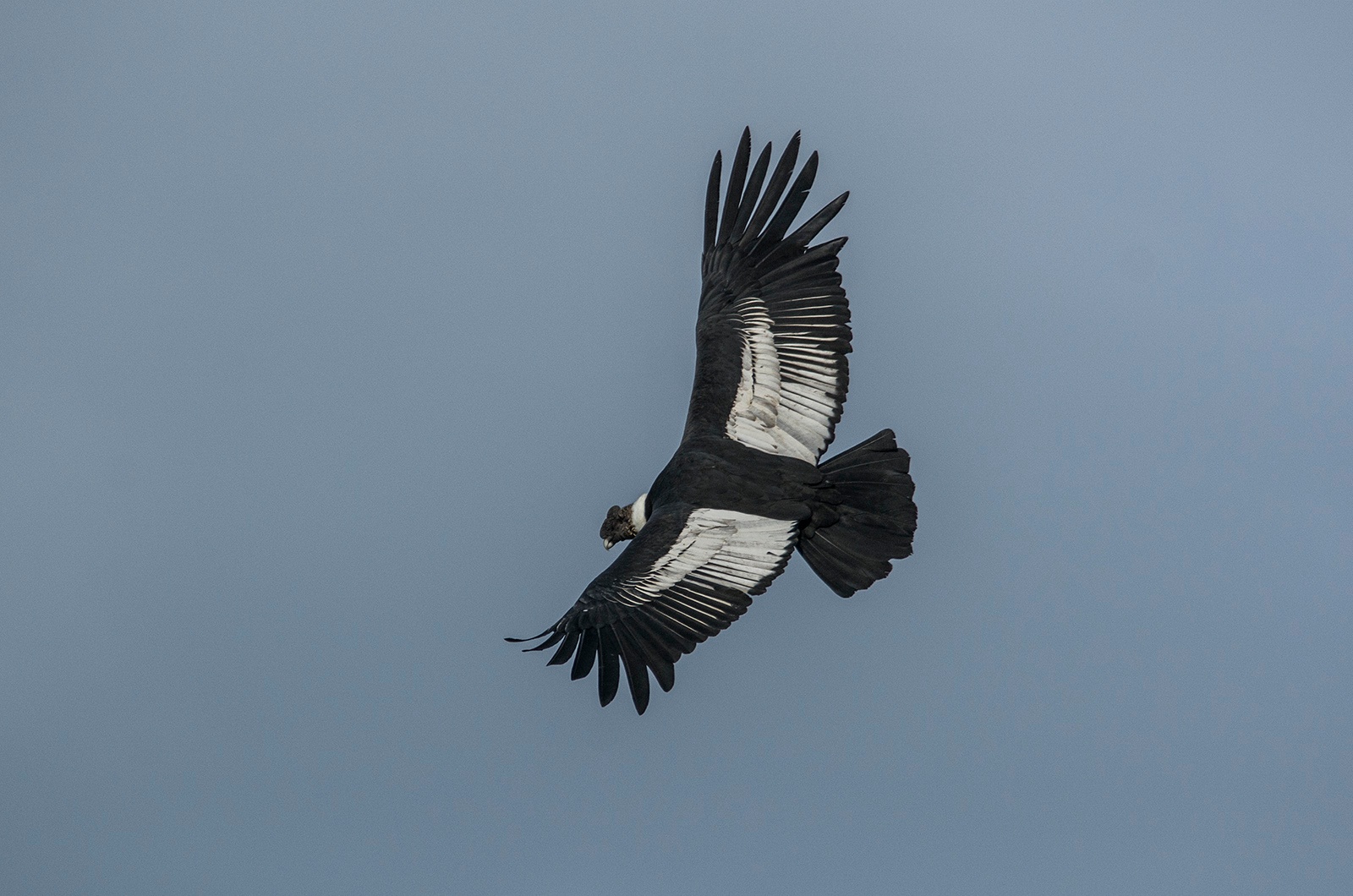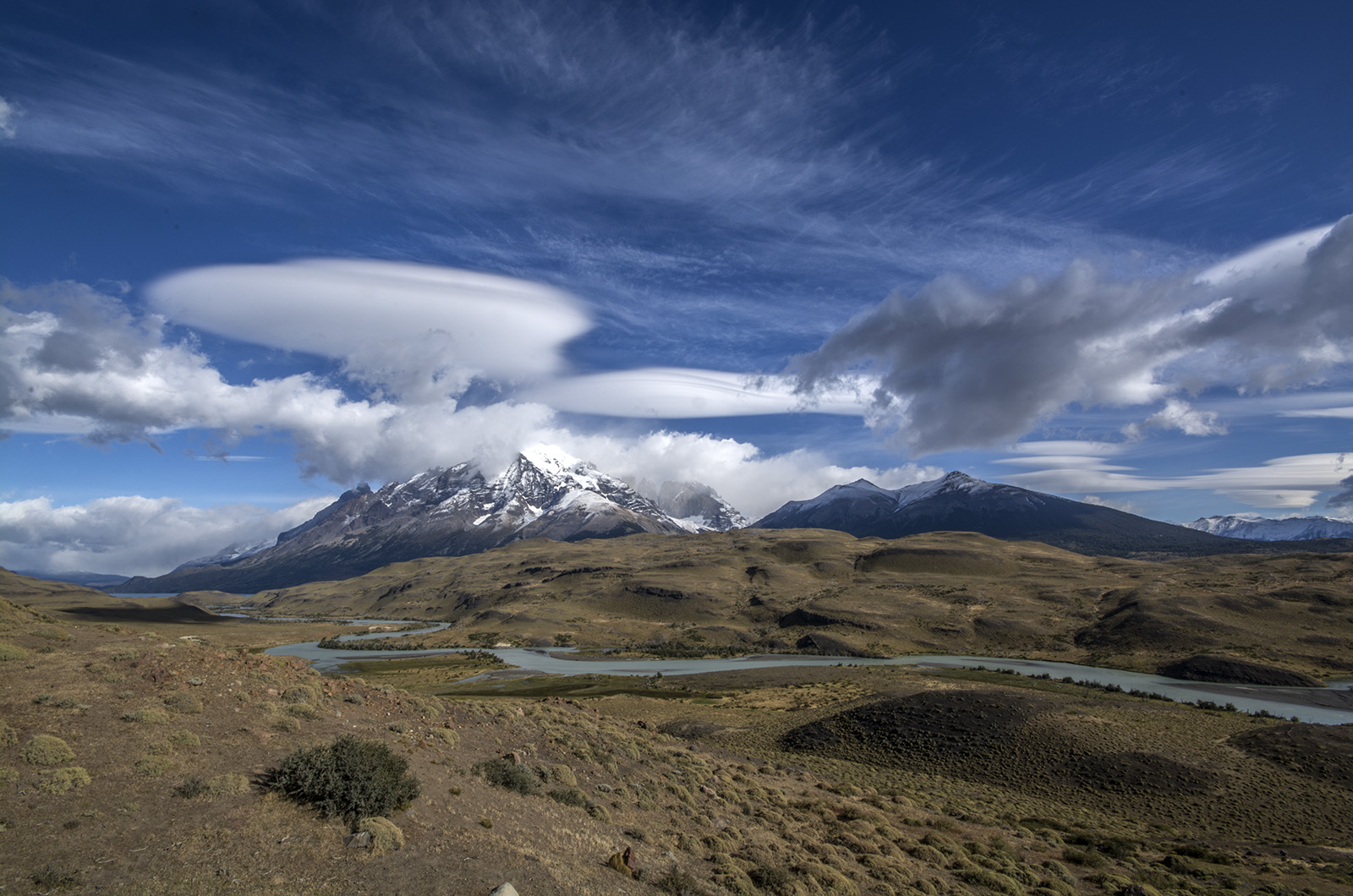20 Fantastic Photos to Inspire You to Go to Patagonia
20 Fantastic Photos to Inspire You to Go to Patagonia

I am still glowing and overwhelmed with wonder and joy from one of the most amazing landscape and nature experiences of my life: Co-leading our new Best of Patagonia in Argentina & Chile with native Argentinian photographer and naturalist, Ossian Lindholm.
In my 30 years of adventure travel all over the world, this extraordinary place at the end of the earth ranks in my TOP THREE of the most magnificent and awe-inspiring places I have ever experienced. Each moment felt as if I was living in a dream! The awe-inspiring mountains, the vast tundras, and walking amidst creatures like the guanaco, eagles, condors and the magnificent Puma, is an otherworldly epic adventure. The following 20 photos are a taste of the special places and wild creatures that you will see and photograph on our Best of Patagonia Adventure this February with world-renowned nature photographer and documentary film maker Ossian Lindholm. Are you a landscape, nature, and animal lover looking for THE epic adventure of a lifetime? Look no more—come take a walk on the wild side in The Best of Patagonia in Argentina and Chile.
Mount Fitz Roy’s original name is Chaltén, which in Tehuelche dialect means “smoking mountain.” This is due to a rare aeolic phenomenon that makes its top appear as if it’s surrounded by clouds, which gives the mountain a smoking volcano look. In 1877, the expedition led by Perito Moreno baptized it Fitz Roy, in memory of the sailor that explored the channels in Tierra del Fuego and the Santa Cruz river during the Charles Darwin expedition. We will photograph these peaks from all angles and during sunrise and sunset.
Sheep ranching is the most prevalent land use in the Patagonia region, which is three times the size of California and mostly privately owned. Overgrazing is turning its grasslands into desert. To reverse the degradation, and preserve biodiversity and freshwater resources, Patagonia has partnered with The Nature Conservancy and Ovis XXI, an Argentine company that manages and develops a network of wool producers. Together, they are promoting a sustainable grazing protocol with the goal of conserving 15 million acres of Patagonian grasslands over the next five years. The protocol employs holistic management practices that mimic the historic grazing patterns of migratory guanaco and rhea that are native to the region.
We spend a day at the epic Perito Moreno Glacier, which is a glacier located in the Los Glaciares National Park in southwest Santa Cruz Province, Argentina. It’s one of the most important tourist attractions in the Argentinian Patagonia. Perito Moreno is one of 48 glaciers fed by the Southern Patagonian Ice Field located in the Andes system shared with Chile. This ice field is the world’s third largest reserve of fresh water. The Perito Moreno glacier, located 78 kilometers (48 mi) from El Calafate, was named after the explorer Francisco Moreno, a pioneer who studied the region in the 19th century and played a major role in defending the territory of Argentina in the conflict surrounding the international border dispute with Chile.
The heart of Chilean Patagonia is water. Each river has its own color, which is usually some shade of turquoise. The water is crystal clear and so blue that the color looks like the work of Photoshop but it’s not!
We experience one of the world’s most spectacular sites—the striking sights and sounds of the Perito Moreno Glacier as it splits and splinters into the Argentino Lake. This 240-foot-high cliff of vivid blue ice is especially exciting for nature lovers and photographers who will enjoy capturing the array of colors and shapes created by this ancient ice.
The National Park Torres del Paine is one of the most spectacular national parks in the world. It has a huge variety of plant and animal species which, together with its snow-capped mountain peaks, cascading rivers and waterfalls, glaciers and mirrored lakes, have earned it a reputation as one of the most spectacular places on Earth.
Here, at the very end of the American continent, lies a visual and sensual treat for the photographer and explorer alike. Patagonia is a dazzling world of calving glaciers that remind us of our ancient earth, rushing waterfalls, and towering Andean peaks thrusting skywards from the clearest of blue-green waters.
We spend two days on an exhilarating wildlife trek through the vast Patagonia tundra with a local, expert Puma tracker and learn about the life and behavior of all the wonderful creatures along the way: The rare Darwin fox, graceful guanacos playing and fighting, eagles, condors, and soaring flamingos, and a mother skunk carrying its baby up and over hills to a new den.
Torres del Paine is home to 118 types of different bird species, including the a typical bird of the Steppes, the Loica Patagonica. Wading birds, such as the Chilean Flamingo, live in the numerous lakes and lagoons across the park. There are 15 species of birds of prey, including the Andean Condor which lives high up in mountain rock cavities. South America’s largest bird, the flightless Rhea, lives down on the Patagonian Steppe.
Here you’ll join our wildlife safari to track Patagonia’s most elusive animals—the enigmatic Andean puma and the endangered South Andean deer, and of course, the charming guanaco.
Navigation to Grey Glacier is one of the captivating excursions you will enjoy while visiting the National Park Torres del Paine on our Epic Patagonia journey. This 3-hour journey aboard the “”Grey III”” allows everyone to enjoy a unique compound of floral landscapes, lush greenery and imposing mountains. Along the way, you’ll learn about the fascinating geology of the region and have a pisco sour made with ancient glacial ice.
One of the largest and longest-living birds on earth, the Andean condor is a symbol of power, health, and liberty for the people of Patagonia. On a clear morning at the Patagonia National Park, it’s a wonderful treat to see the massive condor soaring down out of the Andes, skimming over the canopy of the southern beech forests with smooth, almost motionless flight. Andean condors are truly impressive in size, growing as tall as 1.2 meters and with the largest wingspan of any living bird, measuring as much as 3 meters. These huge birds can weigh up to 26 pounds—that’s massive for a flying creature. In order to get around efficiently with all that bulk, the Andean condor prefers to roost high up on the bare cliffs of the Andes, where it can catch a strong thermal updraft in the warm morning air. Under good conditions, the condor can fly as far as 300km in a single day, soaring as high as 16,400 feet.
The Torres del Paine landscape is dominated by the huge Paine Massif, also known as the Cordillera del Paine. Despite being part of the Andes mountains officially, the Cordillera del Paine is an independent mountain formation with its own unique characteristics. The origins of the Massif date back to 12 million years ago when the sedimentary layers of the earth were lifted up and were slowly worn down through glacial erosion until only hard resistant granite rock was visibly left. The jagged Torres are a classic example of the results of this process and the difference in color between the sedimentary and granite rock in Los Cuernos del Paine is sharply contrasted. We stay at the base of the Torres and enjoy it at many times of the day.
On our small ship cruise of Lake Gray you’ll enjoy a Pisco Sour made with 10,000 year-old glacier ice.
Lenticular clouds above Lago Carrera in central Chilean Patagonia. Lenticular clouds are common in the far south; stacked and layered lenticulars only occur a few times each summer. The clouds are evidence of intense winds aloft and often of changing weather.
The grand prize of this exclusive Patagonia experience will be hours of close up viewing of the Puma in a variety of settings: Stalking a guanaco, sipping water, climbing on rocks, and relaxing in the grass before her afternoon nap. I invite you to join photographer and naturalist Ossian Lindholm and I on this once-in-a lifetime adventure! We have limited spaces on our February 7-16th departure. You do not have to be a photographer to enjoy this experience—just be ready to set all your senses and heart on fire. But if you are a shutterbug, you’ll certainly fill your memory card with thousands of fantastic images.
Click here to enjoy a video the award-winning Eco Lodge in Torres Del Paine, where you will lay your head, fill your soul each day, and enjoy this amazing experience with travelers from around the world.
Come take a walk on the wild side and join us in Patagonia in 2017!
Capture You Passion
Lauren
617-640-4837
lauren@ciclismoclassico.com

